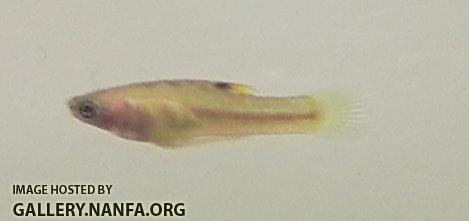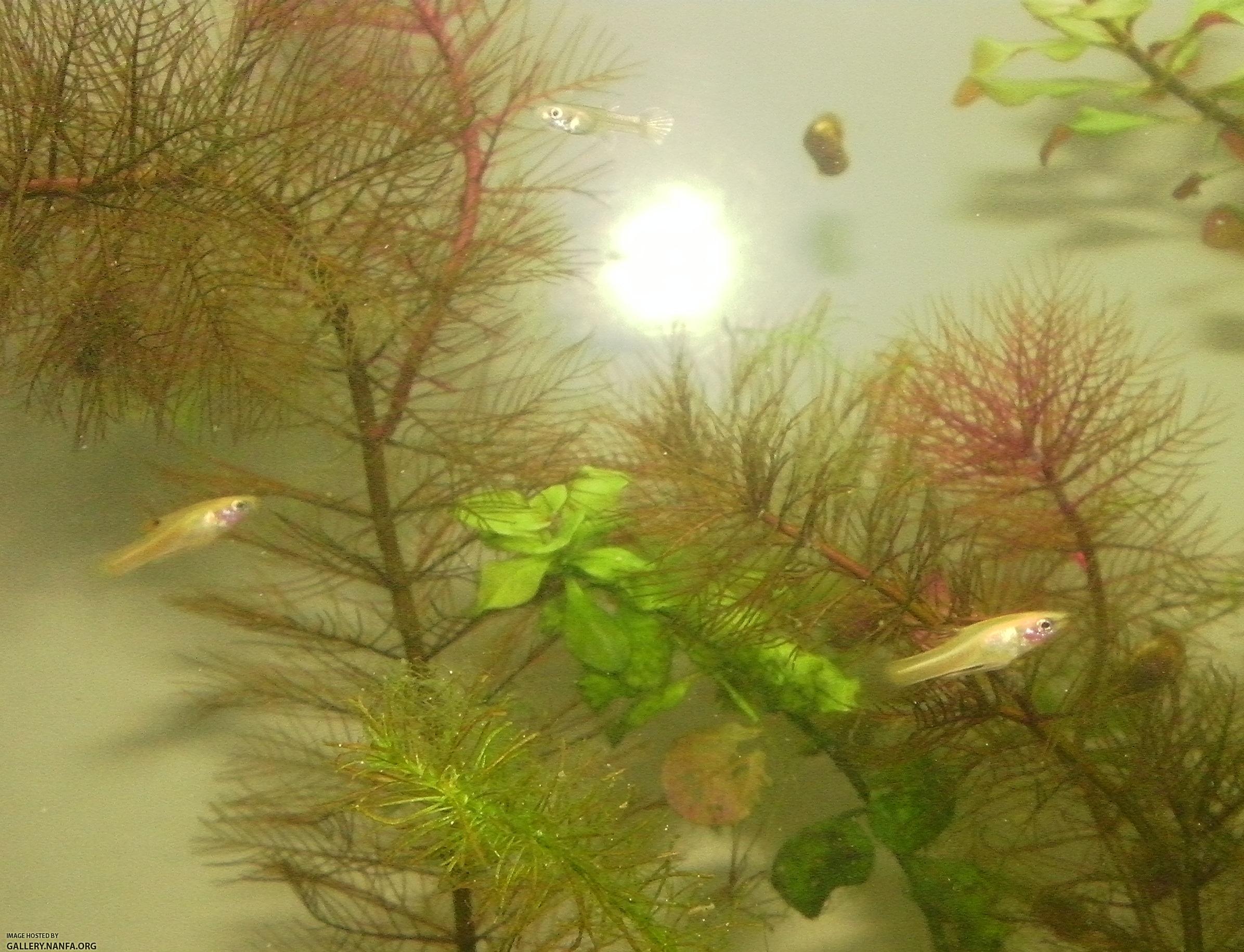Good luck with the Killies. I find that when I get new fish I find the following:
Day 1: They are just coming out of stress. Mostly stay in the courner where I put them or run to hide nearby.
Day 2: They are starting to tentatively explore the aquarium. They notice the feeding time and activity and examine the food and try it but most spit it out not knowing what to make of it.
Day 3: More tank exploration with a little more acertiveness. Other fish take notice and do a half hearted dominance challenge which makes them define their part of the tank as safe. Feeding activity noticed again and again mouthing the food bits but not much is eaten.
Day 4: Adjusted to the tank and swimming most places. Stay clear enough to avoid dominance challenges and noting feeding time again with some food taken by some fish but not all.
Day 5: Adjusted to tank, and seem to stay in the group of fish that they entered with but that may be because they are of a similar size and the group is non threatening. Some are swimming outside of the group and entering other domains and feigning off any dominance challenges as just a matter of course. Many are joining feeding area at feeding time. Still mouthing food but some taken. After feeding frenzy they swim around and pick up small bits of food as I am sure they are getting pretty hungary.
Day 6: Pretty much adjusted to tank. Have established home areas but most freely explore the tank. I usually provide small cut bits of shrimp once a week and this is all fishes favorite meal. The regular fish love it and stuff themselves. Even the small ones eat so much that some is sticking out of their mouth an hour later. The new fish eat the smallest bits that float after the big bits are eaten. This definitely sparks their interest. Sometimes use cut bits of live earth worms. They love this too.
Day 6/7: The new fish are now joining the other fish and eat what is provided. Some like flakes more and some like other foods I add. Over time they learn to eat all the foods provided. This usually takes another 2 to 3 weeks. By then they are well established in their new home. They look forward also to the special feedings of small cut bits of shrimp or earthworms. If you want the small fish to grow rapidly the shrimp and earthworms seems to increase their size very quickly (noticable each week).
Usil
Edited by Usil, 10 November 2012 - 10:50 AM.









